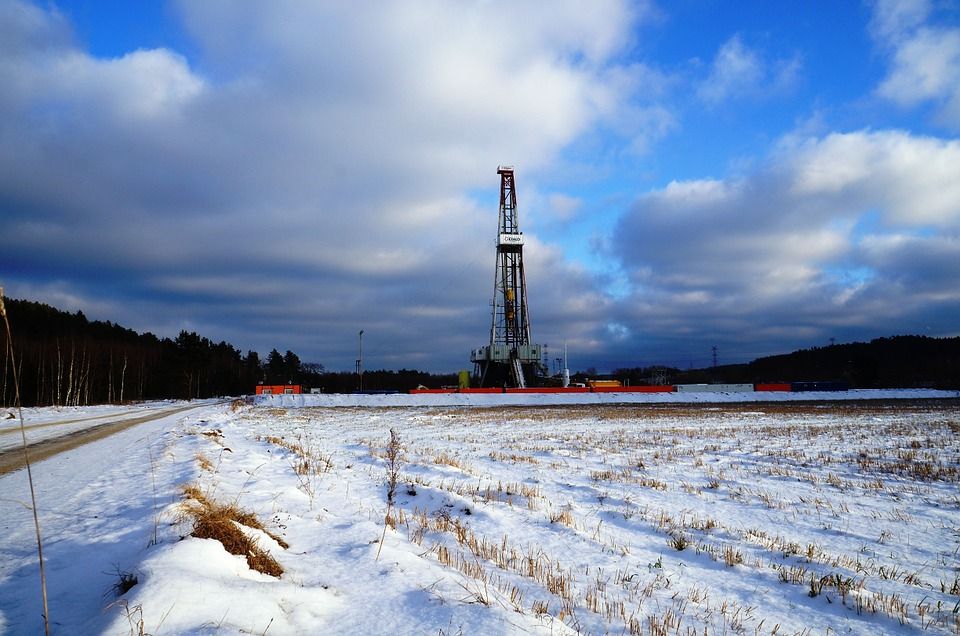
A scientific team from the School of Advanced Engineering of St. Petersburg State University (SPbSU) together with Beijing developed a method for analyzing geophysical data that makes it possible to determine the direction of microcracks in rocks located deep under the Earth’s surface. Institute of Petroleum (China), the press service of St. Petersburg State University reported on May 14.
The method developed within the framework of an international project consists of drilling wells for the production of hydrocarbons along identified fractures, which will significantly increase production efficiency.
Currently, to look inside the Earth at a depth of 15 km or more without drilling and obtain 3D images of the geological layers, seismic exploration is necessary. To use this method, you need special equipment that generates seismic waves on the Earth’s surface.
Penetrating deep into the Earth, these waves are reflected by geological bodies, including layers with gas accumulations, and are recorded on the surface by special sensors – seismic receivers. The processing of data obtained from seismic receivers allows the construction of three-dimensional images that show potential areas of gas accumulation.
Since most of Russia’s large gas fields have already been discovered, explored and developed, companies are forced to develop smaller fields with gas that is difficult to recover. In such cases, as well as when the reservoir is already depleted, hydraulic fracturing is used to increase gas recovery.
To do this, water mixed with certain chemicals is injected into the rock through microfissures at high pressure, which expels the gas. It is important to know the direction of these cracks, as pumping hydrocarbons along the cracks is much more efficient.
Project leader and director of the School of Advanced Engineering at St. Petersburg State University, Vyacheslav Polovkov, explained:
“We proposed and justified a special method of analyzing seismic data to determine the azimuth of natural fractures. If we simplify it a lot, it works like this: the directional formation of cracks in rocks causes the so-called azimuthal anisotropy: a seismic wave propagates along the cracks faster than in the transverse direction. By especially analyzing the arrival speeds of seismic waves in different directions, we can determine the orientation of the cracks.”.
The proposed approach was mathematically justified and experimentally tested on unique equipment developed by Dmitry Popov, a graduate student of the Department of Geophysics of St. Petersburg State University.
The proposed technology was tested on physical models that simulate geological layers with ordered crack formation. We also used data obtained by specialists from the Beijing Petroleum Institute under the direction of Professor Pingbo Ding in models with previously known fracture orientations. The mathematical justification of the proposed approach was carried out by Tatyana Chichinina, geophysicist at the Mexican Petroleum Institute.
The authors presented the results of the study in the article “Determination of seismic fracture characteristics by QVOA analysis using seismic data modeled by physical modeling”, published in the materials collection of the Proceedings of the International Conference on Exploration and Field Development 2023 .
Source: Rossa Primavera
I am Michael Melvin, an experienced news writer with a passion for uncovering stories and bringing them to the public. I have been working in the news industry for over five years now, and my work has been published on multiple websites. As an author at 24 News Reporters, I cover world section of current events stories that are both informative and captivating to read.
